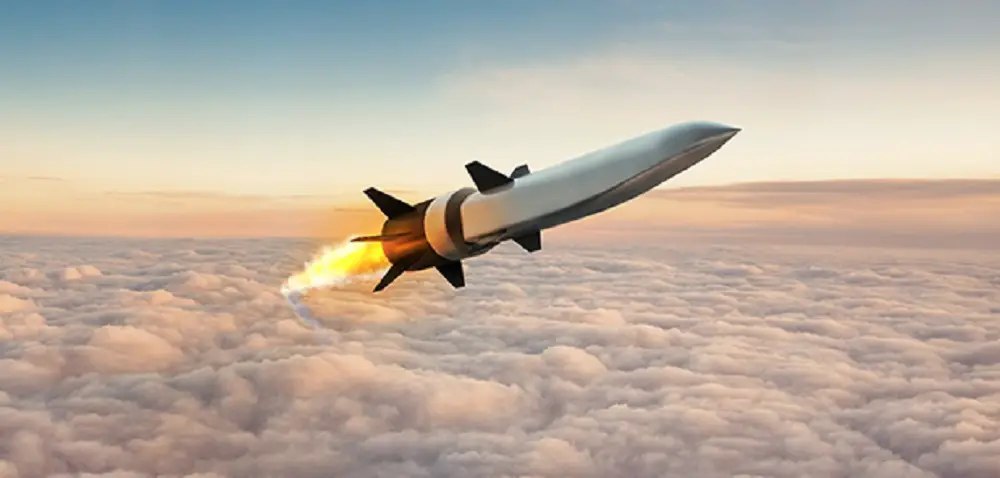The joint DARPA and U.S. Air Force Hypersonic Airbreathing Weapon Concept (HAWC) completed yet another successful flight test. The Lockheed Martin version of the missile, with its Aerojet Rocketdyne scramjet, capped a program that accomplished all of its initial objectives. It was the final flight test for HAWC, which is providing critical data to inform Air Force Research Laboratory (AFRL) hypersonic technology maturation efforts. The Lockheed Martin missile again flew at speeds greater than Mach 5, higher than 60,000 feet, and farther than 300 nautical miles. This latest flight demonstrated improved capabilities and performance. The nation’s hypersonic portfolio now has two feasible hypersonic airbreathing missile designs (Lockheed Martin and Raytheon) to improve and mature in the future.
“The HAWC program created a generation of new hypersonic engineers and scientists. HAWC also brought a wealth of data and progress to the airbreathing hypersonic community. The industry teams attacked the challenge of scramjet-powered vehicles in earnest, and we had the grit and luck to make it work. We had our share of difficulties. Through a pandemic, a strained supply chain, and atmospheric rivers, our industry partners forged ahead, mitigating the risks where they could and accepting others. They delivered on their promises, proving the feasibility of the concept,” said Andrew “Tippy” Knoedler, the HAWC program manager.
“This month’s flight added an exclamation point to the most successful hypersonic airbreathing flight test program in US history,” said Walter Price, an Air Force deputy for the HAWC program. “The things we’ve learned from HAWC will certainly enhance future U.S. Air Force capabilities.”
The Hypersonic Air-breathing Weapon Concept (HAWC, pronounced “hawk”) is a scramjet powered air-launched hypersonic cruise missile project at the U.S. Defense Advanced Research Projects Agency (DARPA), that had a successful hypersonic flight announced in September 2021. It is a kinetic energy weapon, without an explosive warhead. Even though the HAWC program has executed the final phase of the program, there is still data to analyze and more opportunities to mature the technology. DARPA plans to continue that maturation in the More Opportunities with HAWC (MOHAWC) program by building and flying more vehicles that build upon HAWC’s advances. Those missiles will expand the operating envelope of the scramjet and provide technology on-ramps for future programs of record. The scramjet propelled the missile at “a speed greater than Mach 5 (over 3,700 miles per hour)”.
The HAWC would be smaller than hypersonic glide vehicles and could therefore launch from a wider range of platforms. White additionally noted that HAWC could integrate seekers more easily. DARPA requested $60 million for MoHAWC, the successor program to HAWC, in FY2023. On 18 July, 2022, the third successful flight test of the HAWC was reported by DARPA – the missile was able to fly at Mach 5 (6,100 km/h; 3,800 mph) speed at the altitude of more than 60,000 ft (18 km; 11 mi) for more than 300 nautical miles (560 km; 350 mi). Technology developed for the HAWC demonstrator was used to influence the design of the Hypersonic Attack Cruise Missile (HACM), a U.S. Air Force Program of Record to create a scramjet-powered hypersonic missile it could deploy as an operational weapon. The contract to develop HACM further was awarded to Raytheon in September 2022. HACM will use a Northrop Grumman scramjet.












